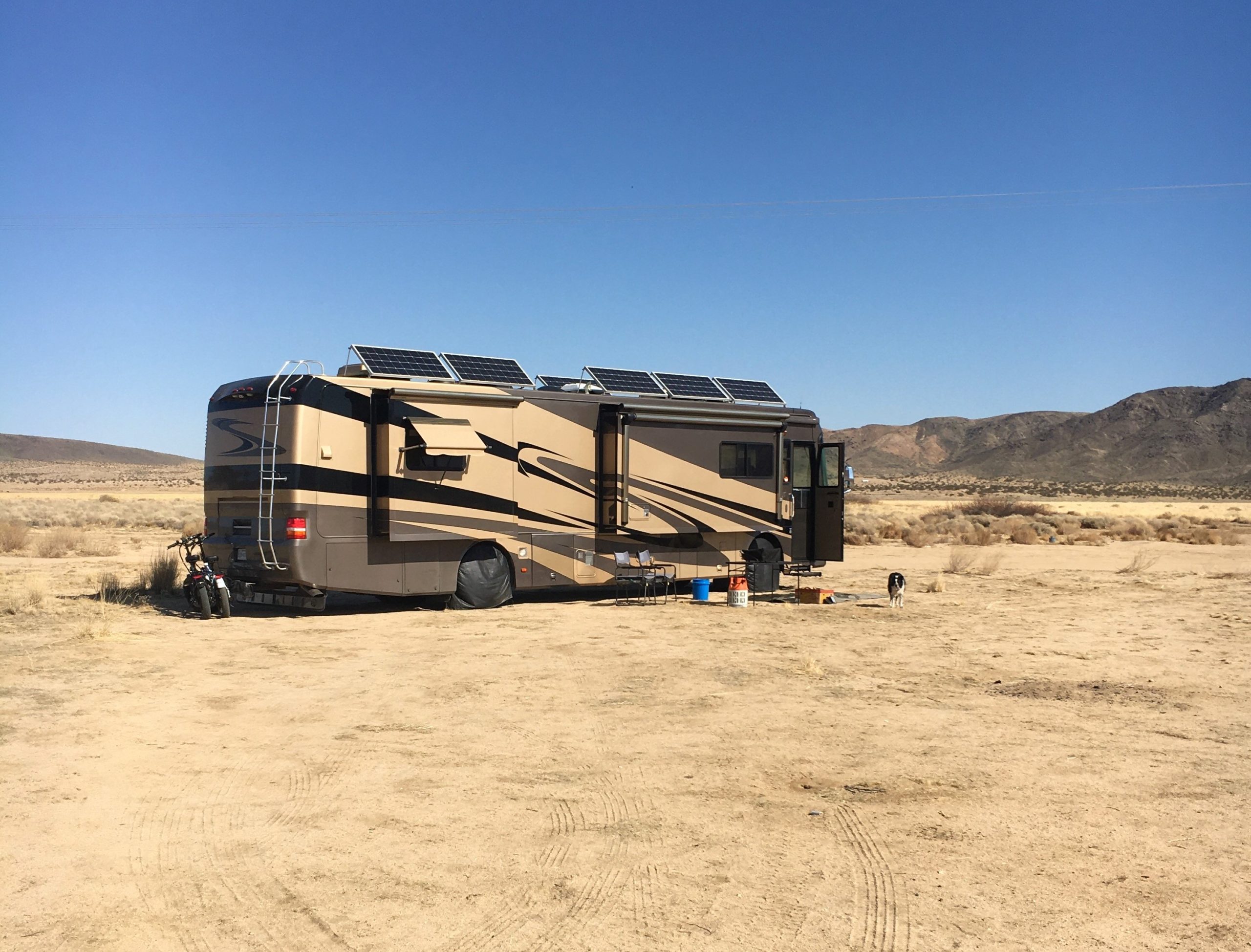We arrived here (Joshua Tree, CA) on February 15, 2019… and found our boondocking location and got set up!



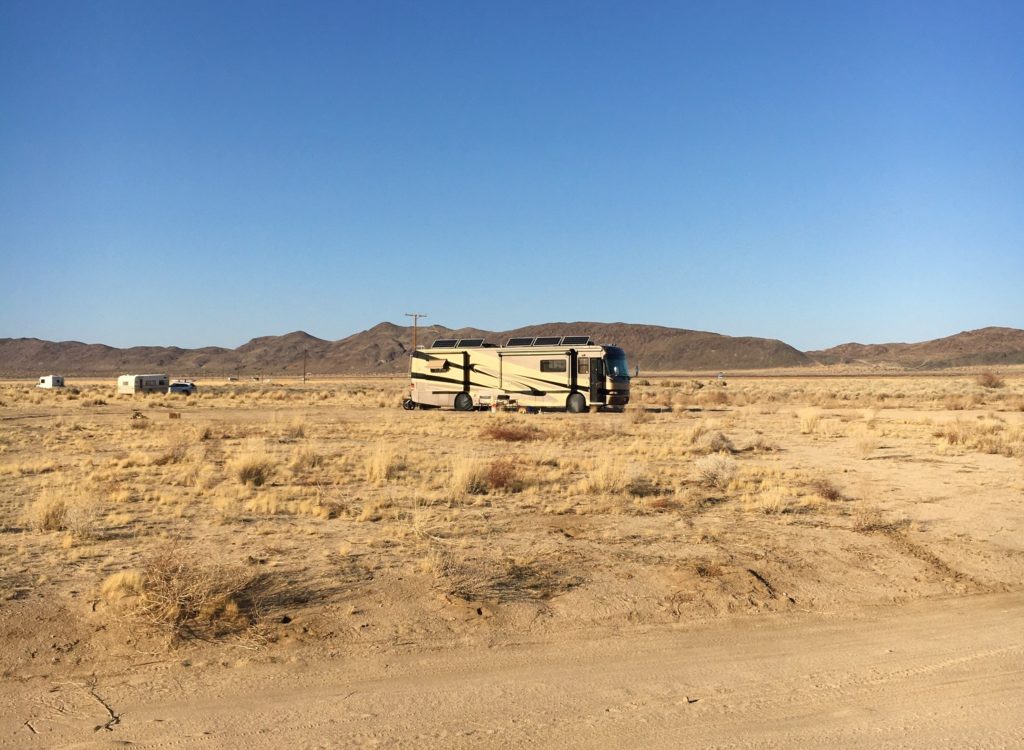
So what’s our normal set-up procedure when we’re not at a campground or RV Park? It’s actually much easier in the desert boondocking vs. a RV Park.
But wait Lynette…. compare the two, please…. OK, let me back-up.
When arriving at a RV Park I go check-in at the office while Trapper disconnects the Jeep. We then have to find our site or be directed to our site, with a map. We take the Jeep and go scope out the site. We find the spot and Trapper walks me through his approach with the RV. We also look for low hanging branches, ditches, soft-spots…. you name it… and we go back to get the coach. We then either pull-through or back in – depending on the site.
At times the spaces are so tight, the park will actually send spotters with you to your spot. Bystanders are always watching (and yes I’m guilty of that too!) Sometimes people will try to come and help. And some folks think this is a good time to strike up a conversation with you. None of these are good because Trapper and I are a team. We communicate in our own various ways. If our set-up or breakdown routine gets interrupted our process gets off balance.
Then of course we have to get level. Now, getting level in a tight campground spot can be challenging. We have to decide do we have room to move forward or backward? That’s when we decide where the boards are going – are they going in the front of the tires or behind them. In our last campground we had a foot in the rear and a foot in the front. I backed him up as far as I could and put the boards in front of the tires and had him pull up on them. I didn’t want to risk backing into someone else or the big metal pole behind us. I also stay in his view; whether that’s 100 ft in front or back… I’m always in his view out the window or in the mirrors. I don’t want to be run over by my own coach.
At RV Parks Trapper also has to connect power, connect water, and connect the sewer hose…. all before I can open the slides and get the inside set-up.
We were miserably tight at the last campground we stayed in but it was still an OK 14 day stay… minus the sewer getting backed up (no fault of ours) just due to 1970’s infrastructure. It was on a Sunday and once we reported it the campground got right on the phone with the plumbing service they use.
Our part of this adventure was while opening our black tank valve and…. and a few short seconds later… I started yelling, “Close the Valve! Close the black valve and Close it Now!”
You never really know what you’re going to get with an RV Park. I always check reviews online and I also check YouTube to see if anyone has a video on it. I do the same thing when boondocking via Campendium.com or FreeCampsites.net. It’s just good practice. We passed on one RV Park in CA because the reviews all showed how tight the spaces were with obstacles in the way.
But with boondocking – you always know what you’re going to get! Nothing! And when expecting nothing – there are no disappointments.
When approaching a boondocking place, we normally disconnect the Jeep first and I drive around doing internet speed checks on my speed test app from OOKLA (speedtest.net). Internet connection normally dictates where we camp. I’ll pick a spot and either go back and get Trapper or I’ll just call him and tell him where I am.
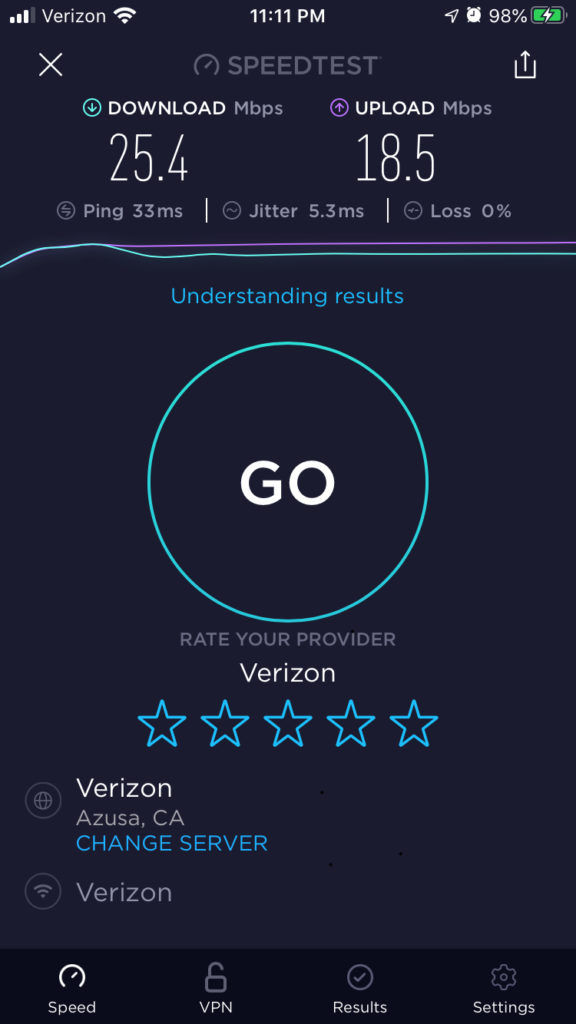
He parks the rig, I do a level check inside, we make adjustments, and I give him the go ahead to shut us down.
Our auto levelers aren’t working quite right so I typically do the leveling based on experience, my micro bubble level, and my own equilibrium. It’s sometimes a ‘toss of the hat’ in an RV park or boondocking! There have been some places we just couldn’t get level. We can only get up on 3 planks of wood easily. If it’s past 3, we just have to live off-level for a few days.
We are almost 41′ long and that makes a huge difference from our previous 30′ 5th Wheel. In the 5th Wheel I could simply ask Trapper to raise or lower the front. In our current Class A, it’s a little more complicated.
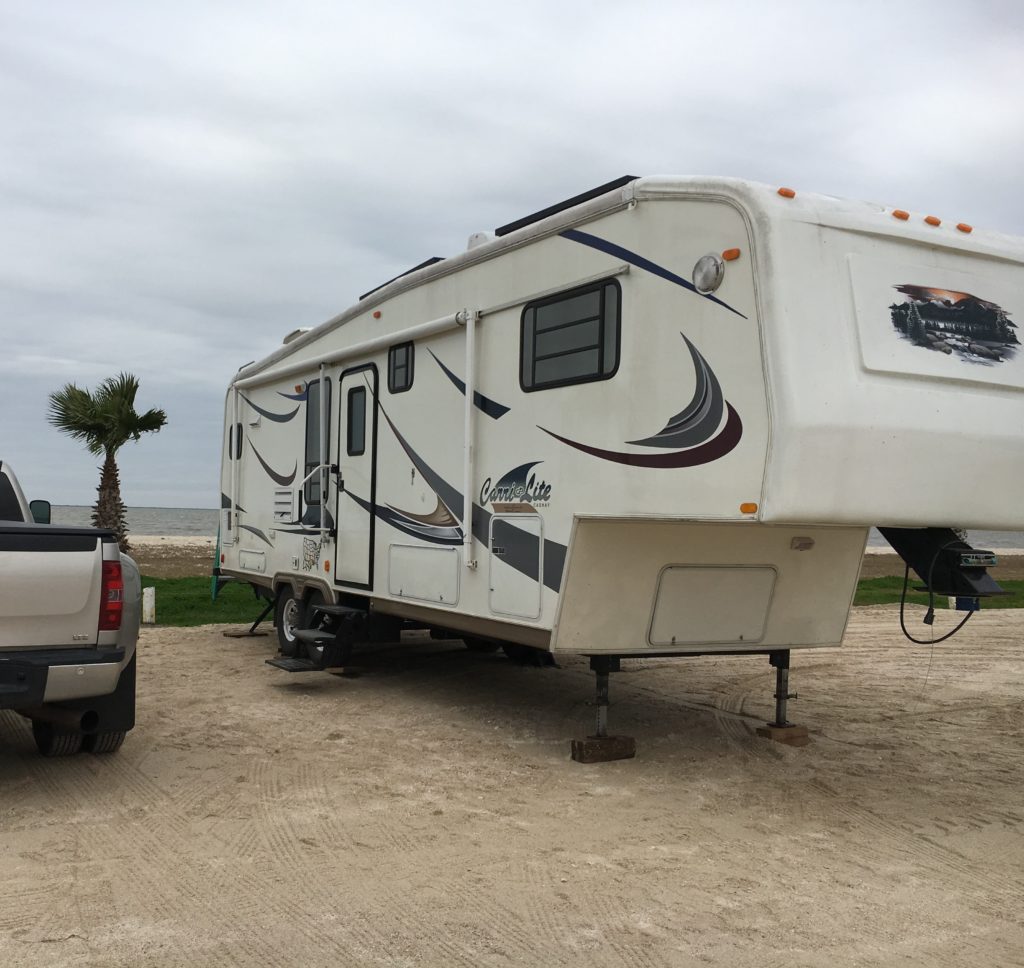
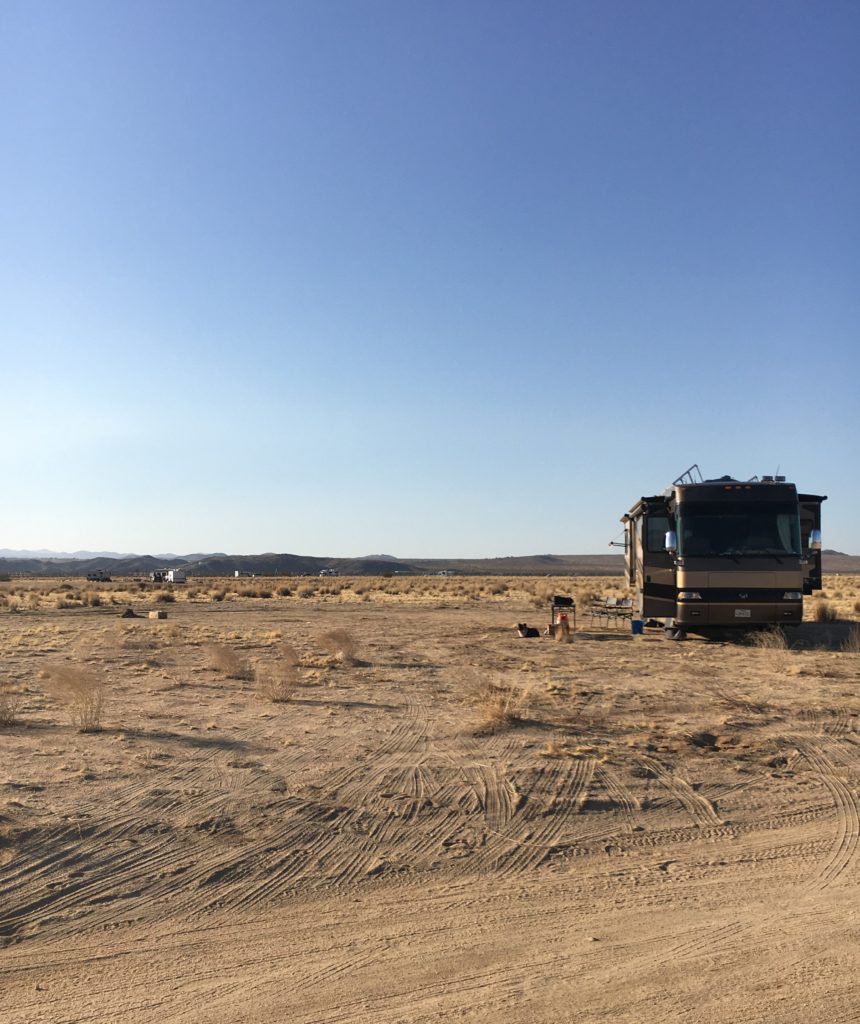
We can be level in the front, middle, and low in the rear; but then again we can be low front, good middle, and good rear. You can almost tell immediately when you walk in. After a while it does become second nature. And let me throw in here, once we open the slides…. the balance changes, for some reason, but not normally a whole lot.
I use really complicated communication like, “Whoa… we are really low front or Whoa we’re really low rear.” That’s the extent of that.” It’s actually comically at times.
We typically sink rear; that’s where our diesel engine is and our under bed storage (which houses lots of heavy stuff).
Midway is the fresh water tank (100 gallons of water when full), our black tank 40 gallons at capacity, and our grey tank at 60 gallons capacity. We have a lot of weight half way back of the RV.
We try to only show up boondocking with full fresh water and with empty black and grey tanks. Our tank capacity will typically last us about two weeks. It doesn’t always happen but when it does, I’m a totally happy camper! It takes a bit of planning to figure some of this out but it’s not impossible.
I really get a kick out of life when I get us perfectly level…. spot-on internet with blazing speeds and we are set. That’s a great day for me! Like this spot in Joshua Tree, CA. I’m loving this BLM land campsite.
We’re parked perfectly E to W so our solar is kicking butt all day. We have power, we have water, we are level and we have Joshua Tree to explore!

So those are the differences for us when setting up either at a campground or out boondocking. East coast, for a rig our size, boondocking isn’t really an option. There are few and far between spots. Out West, there’s ample boondocking areas. I use a website FreeRoam.app to find many of those spots.
All of the tools I recommend in this post are free and great resources to use.
Now, let’s go explore Joshua Tree National Park!
